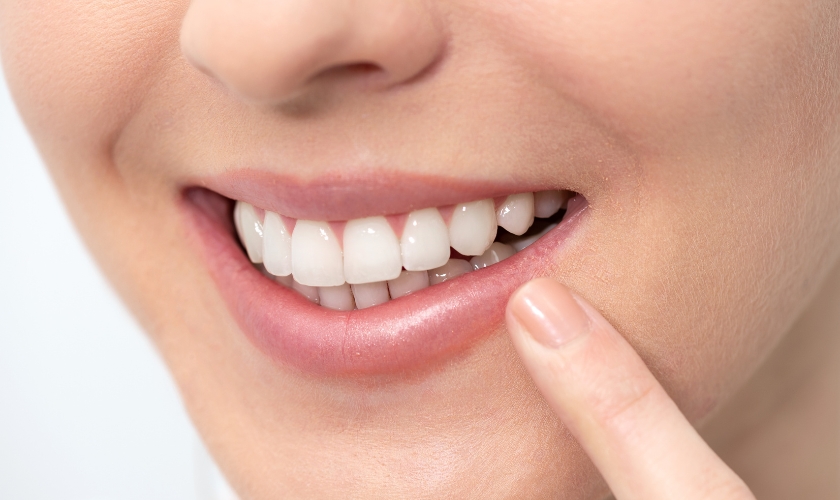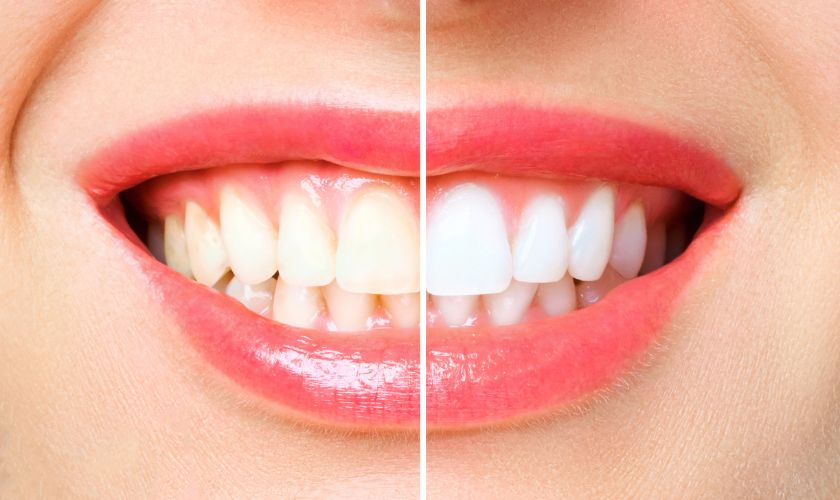Unlocking the Secrets of Teeth Whitening: A Complete Guide

Unlocking the Secrets of Teeth Whitening: A Complete Guide
Having a bright, white smile is a confidence booster for many people. Over time, however, our teeth can become stained and discolored due to various factors such as diet, lifestyle habits, and aging. Fortunately, teeth whitening treatments offer a safe and effective way to restore your smile’s radiance.
The science behind teeth whitening, explore different methods available
Understanding the Science Behind Teeth Discoloration
Before diving into teeth whitening methods, it’s essential to understand why teeth become discolored in the first place. The outer layer of our teeth, known as enamel, can accumulate stains from pigmented foods and beverages like coffee, tea, red wine, and certain fruits. Additionally, tobacco use, poor oral hygiene, and aging can contribute to discoloration. These stains can be classified as extrinsic (occurring on the surface of the enamel) or intrinsic (occurring within the tooth structure).
Exploring Teeth Whitening Methods
Teeth whitening treatments work by breaking down stains and restoring the natural color of the teeth. Here are some popular methods:
- In-Office Whitening: This professional treatment is performed by a dentist and typically involves the application of a high-concentration whitening gel, activated by a special light or laser. In-office whitening offers immediate and noticeable results in just one visit.
- At-Home Whitening Kits: Over-the-counter whitening kits are available for at-home use. These kits typically contain whitening gel and trays that mold to your teeth. While they may take longer to achieve results compared to in-office treatments, they can still be effective when used consistently over time.
- Whitening Toothpaste and Mouthwash: Whitening toothpaste and mouthwash contain abrasive agents and mild bleaching agents that help remove surface stains. While they can brighten your smile to some extent, they may not produce dramatic results like professional treatments.
- Natural Remedies: Some people opt for natural remedies such as baking soda, activated charcoal, or hydrogen peroxide for teeth whitening. However, it’s essential to use these methods with caution and consult with a dentist to avoid potential damage to the enamel.
Tips for Safe and Effective Teeth Whitening
- Consult with a dentist before starting any whitening treatment to ensure it’s suitable for your dental health.
- Follow the instructions provided with at-home whitening kits carefully to avoid overuse or misuse.
- Maintain good oral hygiene habits, including regular brushing, flossing, and dental check-ups, to prevent new stains from forming.
- Limit consumption of staining foods and beverages, or rinse your mouth with water after consuming them to minimize their effects on your teeth.
Conclusion
Teeth whitening treatments can help you achieve a brighter, more confident smile. By understanding the science behind teeth discoloration and exploring the various whitening methods available, you can make informed decisions about which treatment option is right for you. Remember to prioritize safety and consult with a dental professional for personalized recommendations. With proper care and maintenance, you can enjoy a dazzling smile for years to come.



